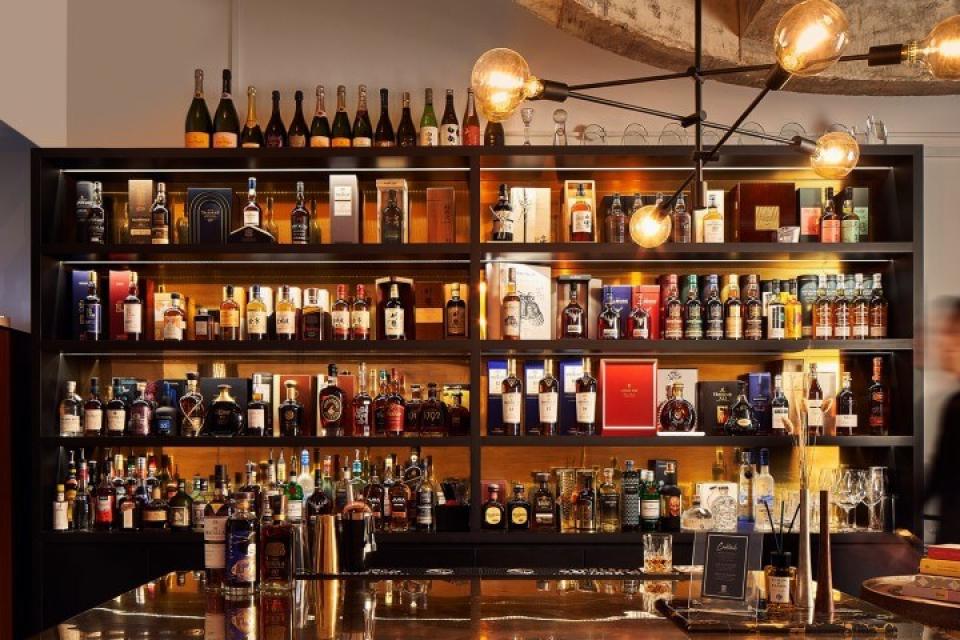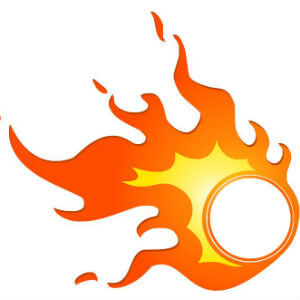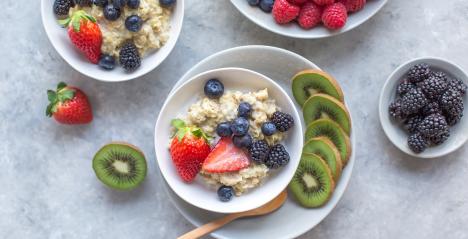We know Champagne as a light sparkling wine which is made only in the Champagne region of north eastern France. Expat Choice discovers The Tatler Bar selection and is entrigued to get to the bottom of a pondering question.
Why is Champagne different from all other sparkling wines in the world. Jon-Jon The Tatler Bar curator shares with your reporter, "There are three main reasons".
First, a wine can only be labeled as "champagne" if is made in the Champagne region of France. Second, to be called "champagne," it must be made only from the Pinot Noir, Pinot Meunier, or Chardonnay grapes which grow in that region. And third, true champagne, as opposed to other sparkling wines has to have gotten its bubbles by undergoing the fermentation process twice: once in barrels and again in bottles.
Champagne can be produced elsewhere, as long as credit it given to the "methode champenoise" on the label. Thirteen centuries ago, before wine had bubbles or was any color other than red, the wine of Champagne was used as a "holy wine" for religious ceremonies.
Completion of the majestic gothic cathedral in Reims turned the capital of the Champagne region into a venue for royal masses and coronations. Thus, the wine of Champagne was elevated to the status of "royal wine;" and the local abbeys had the honor of becoming vintners for the French monarchy.
According to The French, do not over chill the champagne: although it should never be warm, it worse for it to be icy or nearly frozen. Do not under fill the ice bucket: you'll wind up chilling only half the bottle; add cold water to ice cubes to make sure the bottle is well submerged; this also makes it easier to put the bottle back into the bucket.
Do not try to chill two bottles in a bucket; it is better to leave the second bottle in the refrigerator in an insulated container. Never return an empty champagne bottle to the ice bucket upside-down! It shows an utter lack of respect for the prestigious beverage you have just consumed, and worse yet, a tactless disregard for the companions you have just shared it with.
Don't swirl the champagne in the glass like a pretentious wine connoisseur! The French call this "champagne battering", because swirling the bubbly in the glass will only succeed in compromising in thirty seconds the bubbles that took at least three years to produce.
The Tatler Bar has a bespoke collection of Champagnes available online at The Tatler Bar including Perrier Jouet Grand Brut. The ancestry of Perrier-Jouët Grand Brut can be traced back to 1846, when – in response to the preference of British connoisseurs for a drier taste – Maison Perrier-Jouët launched its historic Cuvée K, the world’s first lightly dosed champagne in the style today known as “brut”.
Maison Perrier-Jouët became renowned for its brut champagnes, which it was able to produce owing to the fact that its high-quality grapes required very little added sugar – a philosophy maintained to this day. Perrier-Jouët Grand Brut is the heir to this tradition, and the initiator of the famed Perrier-Jouët style.
Cellar Master Hervé Deschamps selects the finest wines from around 50 different crus, expertly blending each cru, as well as a percentage of reserve wines, to replicate the style and quality of the cuvée year after year. The crus are selected in function of the House’s signature Chardonnay grape, whose elegance is enhanced in the final, complex blend by the structure of Pinot Noir, predominantly sourced from the north of the Montagne de Reims, and the fullness and harmony of Pinot Meunier from the Vallée de la Marne.
Ruinart Blanc de Blancs, often referred to as Ruinart is the oldest champagne house in the world. Nicolas Ruinart created the very first wine house in Champagne devoted to the production of sparkling wine in 1729. Unlike Moët & Chandon which is a blend of three different red and white grapes, or Veuve Clicquot which is half pinot noir and half chardonnay, the Ruinart Blanc de Blancs is made of solely white chardonnay grapes, resulting in a very refreshing citrusy taste that is easy to drink.
All Ruinart's wines are made in stainless steel, and inert nitrogen gas is used throughout the winemaking process to protect against oxidation. Long aging in the crayères brings autolytic layers, and a low dosage helps to retain freshness and to give the wines a certain flintiness.
The nose is clean and intense with warm, rich notes of brioche, French toast and roasted almonds. On the palate the wine is very supple and harmonious, with notes of honey and minerals on the long, sustained finish. Ruinart Blanc de Blancs is produced from a blend of 100% premiers crus Chardonnay grapes from the best of recent vintages. Grapes from the estate vineyards in Sillery and Brimont (ancestral home of the Ruinart family) are joined by carefully selected grapes from other premiers crus vineyards in the Côte de Blancs and the Montagne de Reims.
The third Champagne availble online at The Tatler Bar is the Ruinart Rose. The wine is a brilliant orange-yellow rose petal color with a very fine, profuse and sustained mousse. The nose is characterized by small red berries, mainly currant. On the palate the wine is vigorous and well balanced. A fine, fresh, fruity wine with well-integrated tannins and a hint of spice on the lengthy finish.
Ruinart Rosé is produced from a blend of 55% Pinot Noir and 45% Chardonnay from the best of recent vintages. All of the fruit is from premiers crus vineyards. Grapes from the estate vineyards in Sillery and Brimont (ancestral home of the Ruinart family) are joined by carefully selected grapes from other premiers crus vineyards in the Côte de Blancs and the Montagne de Reims. The grapes for Ruinart are selected basket by basket at the source, and only the finest premiers crus are used.
Visit The Tatler Bar for bespoke collections of Spirits, Sake, Champagne and custom accessories.











